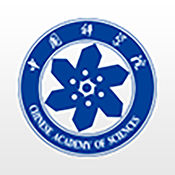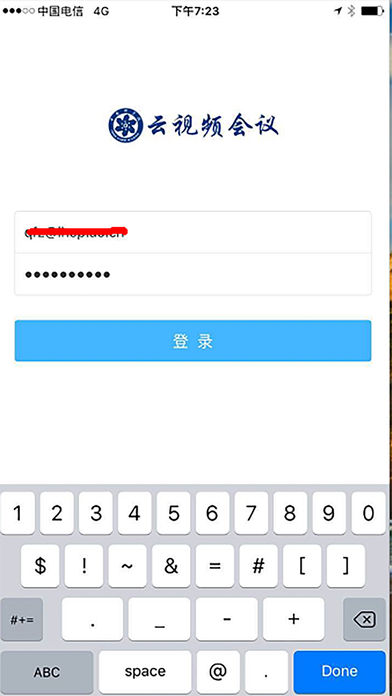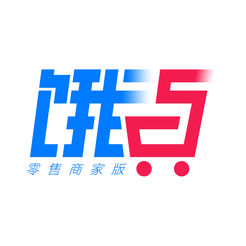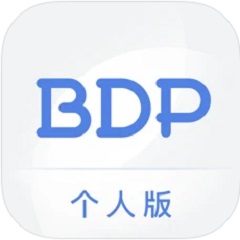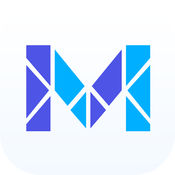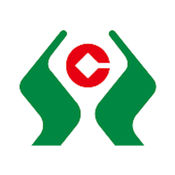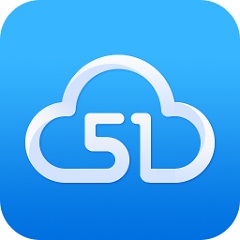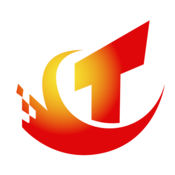Faced with the current new trend in the development of video conferencing systems, the new development strategy of the Chinese Academy of Sciences and the new needs of the important reform measures of the "Thirteenth Five-Year Plan", in addition to solving the needs of video conferencing scenarios for large-scale events, it is urgent to establish a desktop video conferencing platform. The existing large conference room video conferencing solutions of the Academy of Sciences can be interoperable and complementary to meet different scenarios and different requirements. To meet the needs of more flexible and convenient video conferencing for groups of people and different conference organization models, and to build a complete support platform to provide a convenient, easy-to-operate, highly reliable and self-service video conferencing service system to meet the domestic and international collaboration needs of the Academy of Sciences at the academy level - institute level, institute level - branch level, institute level - institute level, as well as project group level and cooperation group level scientific research and management activities.
The features of the comprehensive desktop video conferencing platform of the Academy of Sciences include at least:
1) Intelligent simplified conference: minimalist deployment, easy to use, fast meeting, no need for special support from information technology personnel;
2) Multiple scene support: small and medium-sized conference room scenes, personal office scenes, and business trip scenes;
3) Full scene coverage: A combination of software and hardware provides different software and hardware deployment solutions based on different scene needs and user habits. Medium-sized conference room application: supports docking conference room audio system, conference tablet set combination; small conference room and personal office: can support integrated hardware deployment or software deployment; outgoing personnel: supports mobile device access.
4) Flexible private cloud deployment: The cloud service model is used to open services to the staff of the institute, and has the expansion capability to serve the scientific research management personnel of the whole institute.
5) Open interface: Provide standardized interfaces for third-party application system calls and extensions.
Build a desktop video conferencing comprehensive service platform that meets the needs of different groups of people, different scenarios, and different participation methods in the Academy of Sciences. The system consists of a conference organization and content management platform, a desktop video conference collaboration platform and corresponding support platforms.
4.1 Conference organization and content management platform
The platform enables meeting organization and content management. When needed, users can self-create a content management website for a series of conference modes such as events, conferences, and forums. It also supports conference theme management, schedule management, report management, conference registration management, payment management, report management, automatic creation and association management of video conference rooms, etc., to achieve full life cycle management, tracking and archiving of various conferences. At the same time, the platform reserves extended information to facilitate customization of special matters for conference organizers.
The platform supports both Chinese and English to meet the content management needs of international and domestic conferences.
4.2 Desktop video conferencing platform
The desktop video conferencing platform realizes video conferencing and collaboration sharing functional requirements in various scenarios and provides corresponding support services. At the same time, the platform has an open API interface, which can realize in-depth integration and customized development with conference organization and content management platforms, support platforms and other business applications. Specific functions include:
1) Able to realize the management, authorization and organizational structure management of video conferencing users.
2) Able to flexibly participate in and initiate meetings in small and medium-sized conference rooms, office computers and mobile devices (mobile phones and pads), and participate in meetings anytime and anywhere.
3) Using universal network protocols, it can operate safely, reliably and efficiently under existing network and information security conditions.
4) It has convenient recording and storage functions, which can realize real-time recording of multiple groups of meetings, and the recorded content can be shared, distributed and broadcast live.
5) It has high security measures that can effectively resist attacks by network viruses and hackers, and has strict authorization, authentication and encryption mechanisms to ensure that meetings between groups do not interfere with each other.
6) Adopts a Web-based graphical operation interface, Chinese and English human-computer dialogue mode, to meet domestic and international communication needs. It is easy to operate, can be used without training, is easy to maintain and manage, and has a good user experience.
7) Private cloud deployment supports multi-tenant services, that is, a system platform that can enable different tenants according to different service objects to achieve isolation of conference service information between different units.
8) Strong scalability, the system design considers future development, leaving sufficient room for expansion, and can easily realize the expansion and upgrade of the video system.
9) High reliability, ensuring stable and reliable operation 24/7, strong ability to adapt to the working environment, and low failure rate.
4.3 Support platform
The support platform is the basic guarantee platform for the safe, reliable and efficient operation of the desktop video conferencing platform and conference content management platform. This project includes three functions: unified user authentication, system operation monitoring and user self-service.
The unified user authentication plan uses the existing unified authentication system of the Chinese Academy of Sciences (the first phase of the plan uses email accounts as the user authentication entrance) as the source of basic user data for the desktop video conferencing platform. The platform realizes docking with the existing unified authentication system through standard interfaces, and at the same time expands the organizational address book and integrates it into the desktop video conferencing platform.
System operation monitoring will use active and passive measurement techniques to achieve 24/7 automatic monitoring of the overall platform software and hardware and automatic repair of common faults to improve system reliability.
User self-service will provide desktop video conferencing users with a unified service interface (one phone number, one video number, one website, one email). If users encounter any problems, comments and suggestions during use, they can directly and conveniently seek help. They will also be able to visually track the processing of their own problems, comments and suggestions, thereby improving the user service experience.
Version:
1 | Update time:
2024-12-31
